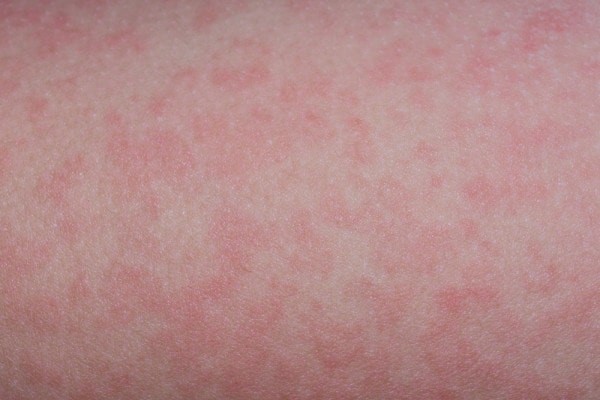
Fifth disease (or infectious megaloerythema): what it is and how to treat it
Infectious Megaloerythema is a benign infection characterised by a facial rash. It is highly contagious by air
Infectious megaloerythema is a benign infection of childhood caused by Parvovirus B19
It is characterised by a facial rash that gives the appearance of slapped cheeks.
The infection is highly contagious by air (respiratory secretions) but can also be transmitted by contact with infected blood.
It affects children in school settings especially towards the end of the winter period and in the spring.
Parvovirus infection confers lasting immunity.
The incubation period of infectious Megaloerythema is about 4-14 days, but can be up to 21 days
The appearance of the facial rash is usually preceded by a 7-10 day period of flu-like complaints with moderate fever, sore throat, malaise, headache and muscle aches.
Joint pain or arthritis may appear, often with swelling of the knees.
The facial rash, which is deep red, slightly raised and warm, affects both cheeks giving an appearance of slapped cheeks.
It resolves within 1-4 days.
An exanthema with different characteristics, often itchy, may occur with slightly raised macules also on the trunk, arms and thighs.
It tends to disappear within a couple of weeks but may reappear for weeks and sometimes months with exposure to sunlight or changes in temperature.
In healthy children, complications from parvovirus are rare
Bone marrow failure sometimes occurs with a transient reduction in the number of platelets and neutrophil granulocytes.
The infection is particularly dangerous in pregnancy as it can cause intrauterine foetal death.
The diagnosis of infectious megaloerythema is clinical: the facial rash is very characteristic
It can be confirmed by blood tests and the assay of serum IgM and IgG antibodies specific for Parvovirus B19 or the demonstration of viral DNA by appropriate techniques (PCR).
Therapy is limited to the use of antipyretics.
Children are contagious until the appearance of the exanthem.
From the moment the rash appears, they can return to school.
Transmission of the infection can be reduced by using the simplest hygiene rules such as hand washing.
Read Also:
Emergency Live Even More…Live: Download The New Free App Of Your Newspaper For IOS And Android
Blood Pressure: When Is It High And When Is It Normal?
Rheumatic Diseases: Arthritis And Arthrosis, What Are The Differences?
Increased ESR: What Does An Increase In The Patient’s Erythrocyte Sedimentation Rate Tell Us?
Systemic Lupus Erythematosus: The Signs Not To Be Underestimated



